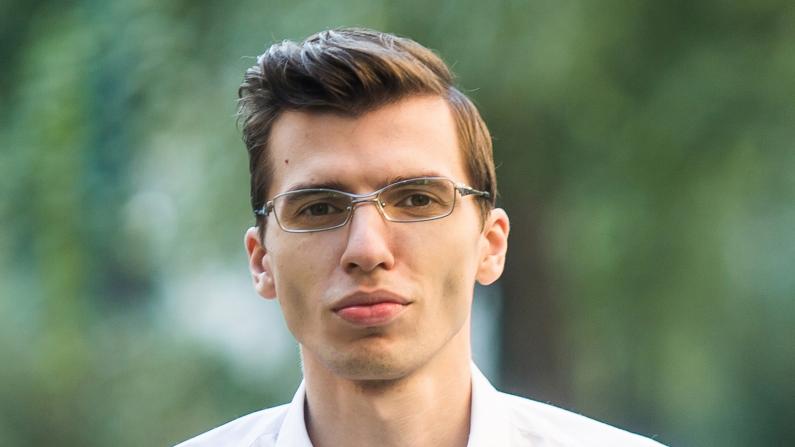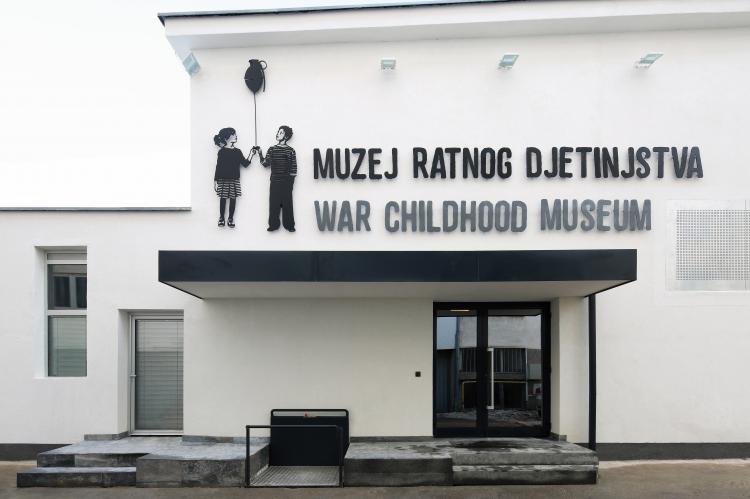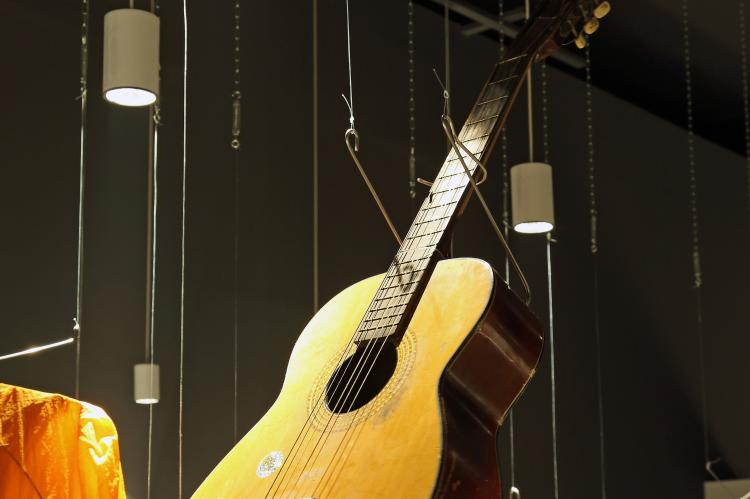
You were four years old when the war in Bosnia started in 1992. About 20 years later you started to collect memories of others who grew up during the war. What motivated you to start this project?
As I was growing up in a post-war Bosnia and Herzegovina I was exposed to hundreds of war related projects. They documented Bosnian war from different perspectives, but not many of them included children’s perspectives. I thought that this gap needed to be closed; that the story of my generation needs to be told. Obviously, at that time, I saw it as a rather short project – I had no idea where it would take me.
Why did so many people feel the desire to share their memories with you (and the public) after so many years?
Many people said that no one asked them how they were during the war, and then, that no one asked them how it was for so many years after the war. So, the War Childhood project which I started was one of the first and one of the rare opportunities for people to share their experiences. Also, the project was clearly apolitical, did not have any hidden agenda, and earned people’s trust – they perceived it as a safe place to tell their stories.
In 2017, the War Childhood Museum opened - a place for the memories of war children, regardless of their origin or ethnicity.
You received far more than 1000 personal memories of people who spent their childhood in war-time Bosnia-Hercegovina. What kind of memories and stories did people share with you?
I received so many different recollections. I remember how shocked I was while reading them: I was a war child myself, but suddenly I realized I know almost nothing about that experience. Before I started collecting these memories I had no idea how complex and multi-layered this experience is. Soon I learned that it can be completely different for two brothers living under the same roof. Another interesting aspect, considering that I initially limited space for memories to 160 characters, is that people often made the choice not to share the worst moments from the wartime, but rather stories about creativity, friendship, love.
You spent your childhood in Sarajevo, the city that was under siege for 1,425 days. What are your personal memories of your ‘war childhood’?
I described some of my memories in the book; I prefer not to talk about them to the media. I receive this question on a weekly basis, it would be too much to repeat the story all the time.
You published the collected memories in a book. Why did you think that it is important to share children’s memories of the war? What kind of feedback did you receive from contributors?
During the work on the book as I was collecting and editing memories, I was also communicating with hundreds of those who participated. It was a long and exhausting process during which I understood that the project is more important for many of them than for me. I felt enormous responsibility and later a relief when the book was accepted as an ultimate testament to the experience of our generation. The feedback was positive, not only from participants, but also from their family members, and general public. The book inspired people to come to Bosnia for the first time after 18 years, it started important conversations within families, helped people to face some of their experiences, and inspired me to take the project to the next stage.
The book is full of photos showing memorabilia of those who shared their stories. And after the book had been published you engaged to find a place to present the items together with people’s memories. In 2017 you opened the War Childhood Museum in Sarajevo. But on the way you also faced some resistance. What challenges did you face and what made your project so controversial in the eyes of some people?
The journey to create any museum is, I believe, not without problems and challenges. The same was with the War Childhood Museum. There were enormous challenges in all aspects of creation of the Museum: methodology and collection, human resources, logistics. If you are not super-rich and you are trying to open a non-for-profit museum, funding and space will be two major logistical issues. I managed to find funding from international donors, but for the space we needed support from the local government. Government in Bosnia and Herzegovina was not supportive towards the WCM. I would not say the WCM was controversial in their eyes, I would rather say it just did not fit their agenda and official narratives. The WCM was an organic, independent, youth-lead initiative, open for anyone who shares this experience regardless of their background.
The War Childhood Museum exhibits private memorabilia. Each object presents a personal story.
This year marks the 25 anniversary of the Dayton accords. Those who experienced the war during their childhood are today parents themselves. Why is it important today to have places like the War Childhood Museum in Sarajevo?
In a documentary filmed about the WCM by Al Jazeera (https://www.youtube.com/watch?v=foHjcDdolhg) one of our participants who donated his guitar to the Museum visits the exhibition with his daughter. From this scene, and also from feedback we receive from other participants, it is clear to us that the WCM helps to communicate war experiences with the new generation. Our extensive educational programmes through which we work with over 5,000 children annually are an important contribution to peace education in the country. Today, the WCM is one of the rare safe places where people can talk about their war experiences without fear that these would be misused. It is a place which brings people together, inspires empathy and hope, and educates about the importance of peace.
In recent years you started to reach out to other regions of war, you started collecting stories from Syrian children and from children in Ukraine. How can sharing children’s stories of war contribute to peace?
WCM recently opened its first international office in Kyiv, Ukraine. We work all over Ukraine to document experiences of children affected by the ongoing war, and will soon be presenting first exhibitions. We also worked in Lebanon to document experiences of Syrian child refugees. Giving children and people whose childhood was affected by war an opportunity to speak about it can be important on an individual level. It contributes to a healing process, makes them feel they are part of a greater community. The WCM has a capacity to go to a distant refugee camp, ask a child what he or she needs, how he or she feels, and to bring this story to major international media, to expose decision makers to it. In this way the WCM contributes to understanding of children’s needs, their state, and of pressing necessity to ensure child rights are respected.
For next year you want to bring an exhibition to Germany and other EU countries. Please, tell us a bit more about this next project.
The WCM is currently producing equipment for our traveling exhibitions around the EU. Our collection grew and today includes personal belongings, stories and video testimonies which tell experiences from different conflicts and places, from Bosnia to Afghanistan, from Syrian War to the Second World War. Across the EU there are communities affected by these conflicts, and these are not only refugees, students or professionals who came from these countries, but also children of war journalists, children of veterans, etc. Armed conflicts affect an enormous number of people in all countries, and WCM wants to bring its exhibition everywhere, not only to show the stories that are already in our collection, but also to collect new stories in the cities where we exhibit. We hope that our EU tour will start before the end of 2021. More information about our projects is available at www.warchildhood.org.

